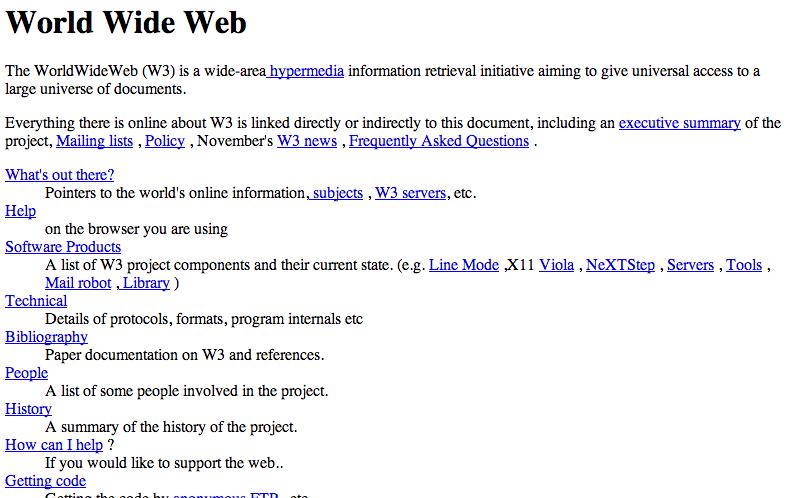How The iframe Tag Changed The World
Many things we are accustomed to in programming today were once unimaginable.
In this article, we’ll talk about one such thing: the iframe. Many people know what it is, of course, and some may have forgotten, but at one time, it was a true miracle.
Let’s dive a little into the history of the web and see what was there 🔎
🕸️ Web 1.0
With the advent of the modern internet in 1991 (www), its ubiquity was just beginning. Back then, it was a novelty that computers could communicate with each other. Everything hinged on local area networks (LANs) connecting computers in a single factory, bank, or other location. While it was understandable that two computers connected by wire could transfer files, it was difficult to do so even across the street.

Back then, computers were incredibly expensive, like houses, but every year their cost became less and less, and ordinary people, not multi-billion dollar companies, could afford simple computers at that time.
Back then, the internet was just gaining momentum, slowly but surely, and people were exchanging simple documents stored on domains. The first browsers were appearing, and people realized this was the future. Many businesses back then, launching their own simple websites, were able to attract as many customers as they could have from newspapers or television, given their budgets.
It is precisely because of people’s desire to earn more that the second stage begins, when the first money appears on websites.
🌐 The Beginning of the Internet Bubble
With the onset of this period in 1995, everyone began to believe that this was the future. This was true, but economically, there were questions: was it worth spending so much on an online business? But we’re only just beginning. Millions were spent sponsoring their websites. Everyone wanted to stand out somehow, to do something new.
Let’s get right to the topic of advertising. Back then, it was similar to what you see in old newspapers today. Plain text, maybe an image at most (the img tag was introduced in 1993). It worked back then, but, as you can imagine, it wasn’t entirely effective, as it was unnoticeable and crude.

People contrived everything they could, creating various images with text, using terrible color combinations, incomprehensible fonts, and so on. But it seemed perfectly natural back then, as there were no other options, and the work of a web designer as such was just beginning. There was no Figma back then, so :)
🌌 The appearance of the iframe tag
It would seem that the img tag would be sufficient for advertising at the time. No one could have imagined that it would be possible to display an entire website on another website. But in 1997, it became possible.

Imagine, now a client couldn’t just click on something, but also interact with it like on any other website! That is, you could now create an ad in the form of a game, say, tic-tac-toe, and instead of tic-tac-toe, you could use vacuum cleaners.
You can also watch videos. This is a later development, but it’s still possible today. It became possible not in 1997, but a little later. Back then, people used Flash Player, but this topic is now so extensive that it deserves another article.
✅ Conclusion
The influence of iframe is truly difficult to exaggerate, as it essentially created a new direction on the internet, one that gave rise to a new wave of advertising as an art, and gaming. Just look at the Flash Player and the majority of games that use it, which many still remember. I hope this article has covered some of this.
Thank you very much everyone for reading the article!
